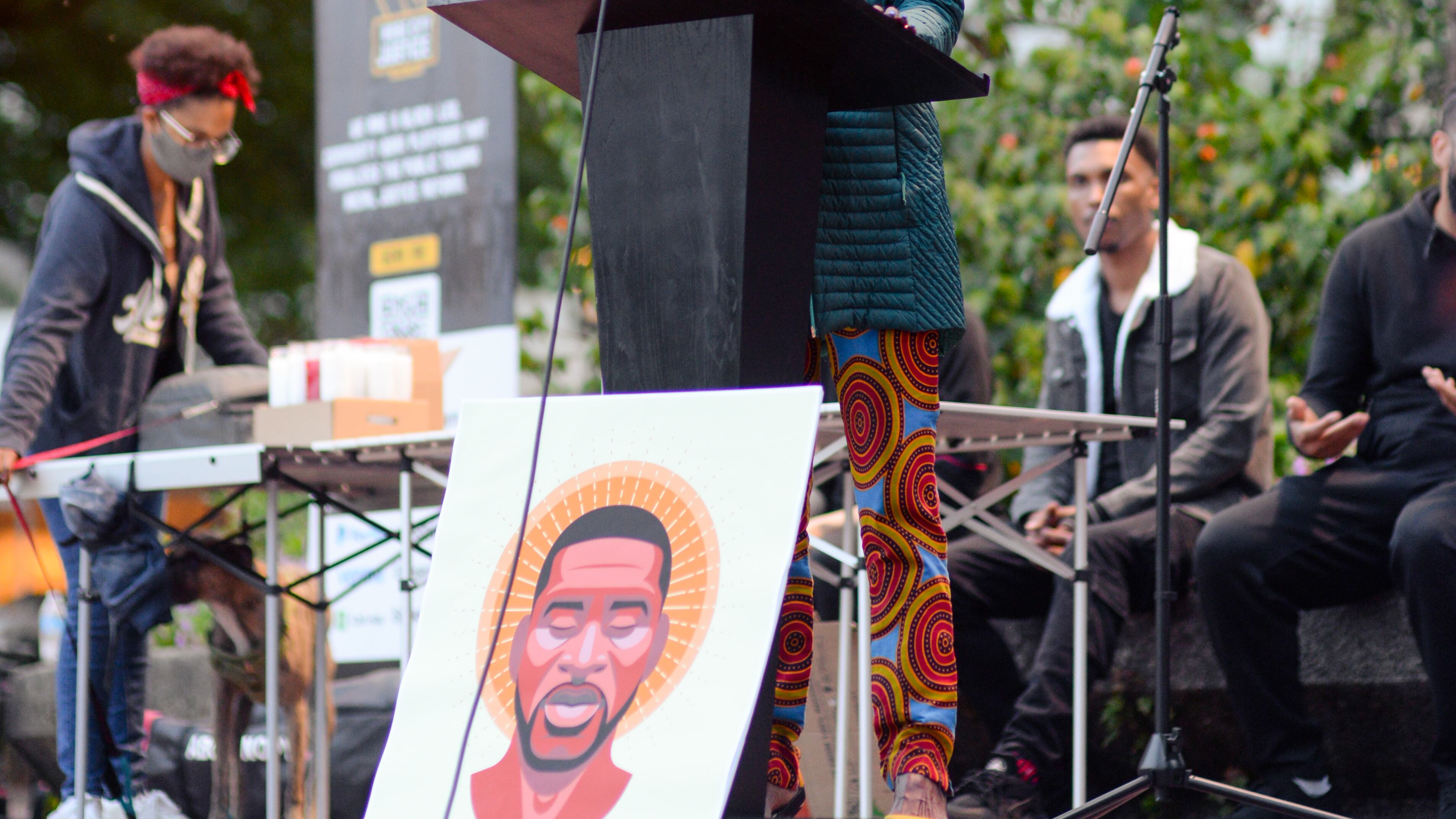Portland’s longtime body camera skeptic Commissioner Jo Ann Hardesty declared during a Nov. 9 status conference hearing with the city and the U.S. Department of Justice that she is now in favor of the devices.
“You and I have had intensive conversations about body-worn cameras over the last 12 years,” Hardesty told U.S. District Judge Michael Simon, “and I want you to know I am now a convert.”
Hardesty explained that she had been averse to arming Portland Police with body cameras because of issues surrounding privacy and ownership of the data. But thanks to advancements in technology, and the ability to to contract with third-party vendors who can manage that data, Hardesty said, she is now on board.
“I will tell you that when I first heard some of your opposition on that issue, it started [to get] me thinking twice about it because I’ve known you for awhile, I’ve always respected your opinions and your thoughtfulness,” Simon said in response to Hardesty. “I don’t know how to put it other than I agree with you that technology appears to be solving the very significant and serious problems that you identified quite a while ago.”
The implementation of body-worn cameras for Portland Police Bureau officers is all but inevitable, with body cameras implementation being one of nine proposed remedies to get the city back in compliance with the DOJ’s 2014 settlement agreement.
The parties had been in closed-door mediation over the remedies in September and October, along with the intervener in the case, the Portland Police Association. Tuesday’s hearing represented the first time since mediation began this fall that the stakeholders, as a collective, spoke publicly about the status of the proposed remedies.
During Tuesday’s hearing, the parties said they reached a tentative agreement on all of the proposed amendments. But Simon punted them back to another mediation session to iron out a few remaining wrinkles.
“It may be worth one more effort to try to close that gap a bit further,” Simon said. “And so I would ask you to think about doing that.”
In response to the judge’s suggestion, PPA attorney Anil Karia said he can “take a hint.”
“And so if the court is prodding us towards giving it another try, we will engage as we’ve done in the entirety of this process meaningfully with an effort to close the gap,” Karia said. ”If the court wants us to take another shot at it, your honor, I guess we’ll take another shot at it.”
The major remaining sticking point: body camera policy.
“The majority of the remedies, we think are fine,” said Juan Chavez, an attorney representing the Mental Health Alliance in the case. “But if those other remedies fail, I don’t think we’ll see quite as catastrophic of a problem for the community as if we had a bad body-worn camera policy. Because, really, a bad body-worn camera policy will likely undermine the goals of this settlement agreement in our estimation.”
Ashlee Albies, an attorney who represents the Albina Ministerial Alliance Coalition, noted that many of these issues—including body cameras—are being discussed concurrently during ongoing closed door mediation sessions between the police union and the city to negotiate the PPA’s collective bargaining agreement.
“The AMAC wants to remind everybody that the body-worn camera policies are an accountability tool,” Albies said. “That’s the function and reason that they are being implemented in this moment at this time. And we don’t want to lose sight of that because they will no doubt be used as well against community members to enforce crime.”

